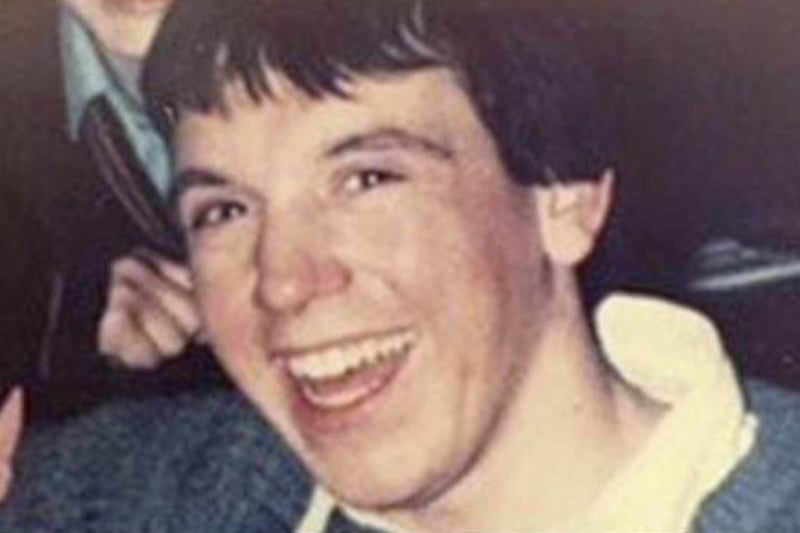An ex-British army witness has been accused of making a “misleading” statement to an inquest into the SAS killing of a Co Derry man almost 40 years ago.
The former military man was giving evidence at the inquest into the death of Francis Bradley on Wednesday.
The 20-year-old was shot dead close to a weapons dump during an ambush near Toome in February 1986.
His name was later added to the IRA’s roll of honour.
An inquest, which opened last April, heard how Mr Bradley told of being threatened by the RUC before he was killed.
It is believed by some that Mr Bradley was the victim of a shoot-to-kill operation.
During a hearing in Coleraine, heard Soldier O was part of a two-person surveillance unit operating in south Derry on the night Mr Bradley was killed.
The ex-soldier and a former female colleague, known as Soldier P, gave evidence by videolink and were screened from public view.
Both said they were members of a Special Military Unit at the time Mr Bradley was killed.
In his evidence Soldier O claimed that before Mr Bradley was shot he saw him standing behind a parked car close to a disused railway line near the ambush scene.
The ex-soldier said he recognised Mr Bradley from photographs and he had turned towards him, as he and his colleague drove past.
He also suggested Mr Bradley, who he described as a “known IRA operative”, was holding a “weapon shaped object” at the time.
Karen Quinlivan KC, acting for the Bradley family, later pointed out that neither Soldier O nor Soldier P had mentioned in their statements that Mr Bradley had turned towards them.
She also highlighted that other British soldiers and members of the RUC were also patrolling in the wider area the night Mr Bradley was shot dead and questioned why no attempt was made to make an arrest.
Soldier O said that his purpose was to carry out surveillance and not to make an arrest.
Ms Quinlivan suggested that surveillance operatives have on occasions arrested and shot people.
“I am expressing surprise that you wouldn’t, two officers armed….encounter a single man who initially has his back to you and you take no steps to conduct an arrest given you say he had a weapon in his hand,” she said.
“I wasn’t there to arrest,” the former soldier said.
The witness added that no search was made of the car Mr Bradley is alleged to have been in.
The former soldier added that he and his colleague later took up a position in their parked car close to the property where Mr Bradley was killed.
The pair were told to wait there until other soldiers who were setting up a “night standing observation post” arrived.
In his statement, Soldier O said he had stepped out of his car under the pretext of urinating and after looking over or through a hedge he saw a house, outbuildings and “ground behind the house”.
Ms Quinlivan suggested this was “impossible” and referred the former soldier to court documents showing landmarks in the area.
“Can you identify any location from which you could have seen the house, the outhouses and the area behind the yard?” she asked.
The soldier insisted he could see to the rear of the house.
Ms Quinlivan responded: “I am going to suggest to you….that you couldn’t have seen the rear and that your statement is misleading in the respect and I am going to move on.”
During the hearing both Soldier O and Soldier P claimed they were confronted by a car carrying five men, which was described as a “PIRA vehicle” after the registration was relayed over the radio.
In her statement, Soldier P said she feared herself and her colleague had been identified and were about to be attacked adding that she removed the safety catch from a machinegun, which was on her lap.
The court heard the alleged ‘PIRA vehicle’, which it was claimed was obstructing the British army vehicle, eventually moved away.
In her evidence Soldier P also said that two cars from a “reactive sub-unit” were parked up in Toome, around one mile away, to provide back up.
Ms Quinlivan questioned why the “reactive” team did not “come swooping into this car park to effectively rescue you in circumstances where you believed you were potentially about to be attacked by an Active Service Unit?”
“Can I suggest to you this incident in the carpark is a total exaggeration by yourself and soldier O,” Ms Quinlivan added.
Soldier P denied it was an exaggeration adding she believed her life was in danger.









